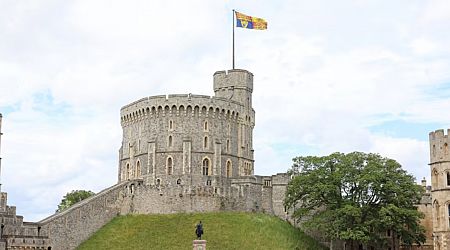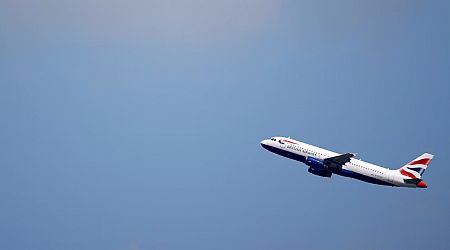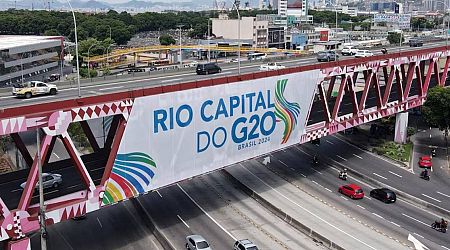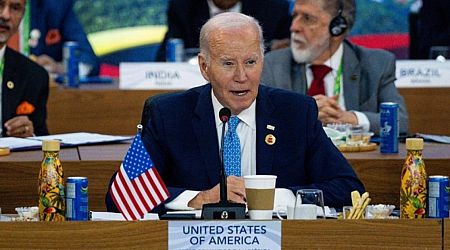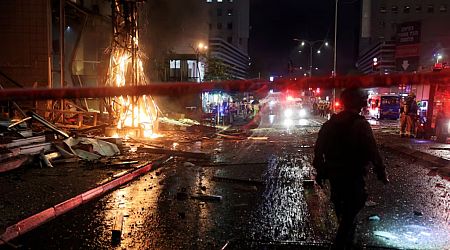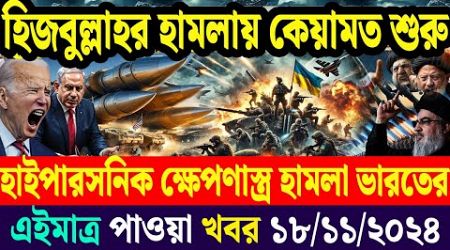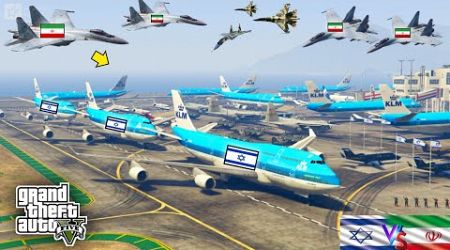International
New York to impose $12 congestion fee in Manhattan starting Jan 5
New York City's Metropolitan Transportation Authority voted on Monday (Nov 18) to implement a US$9 (S$12) congestion mitigation charge for driving in Manhattan starting on Jan 5, a move aimed at raising billions for mass transit and cutting traffic.
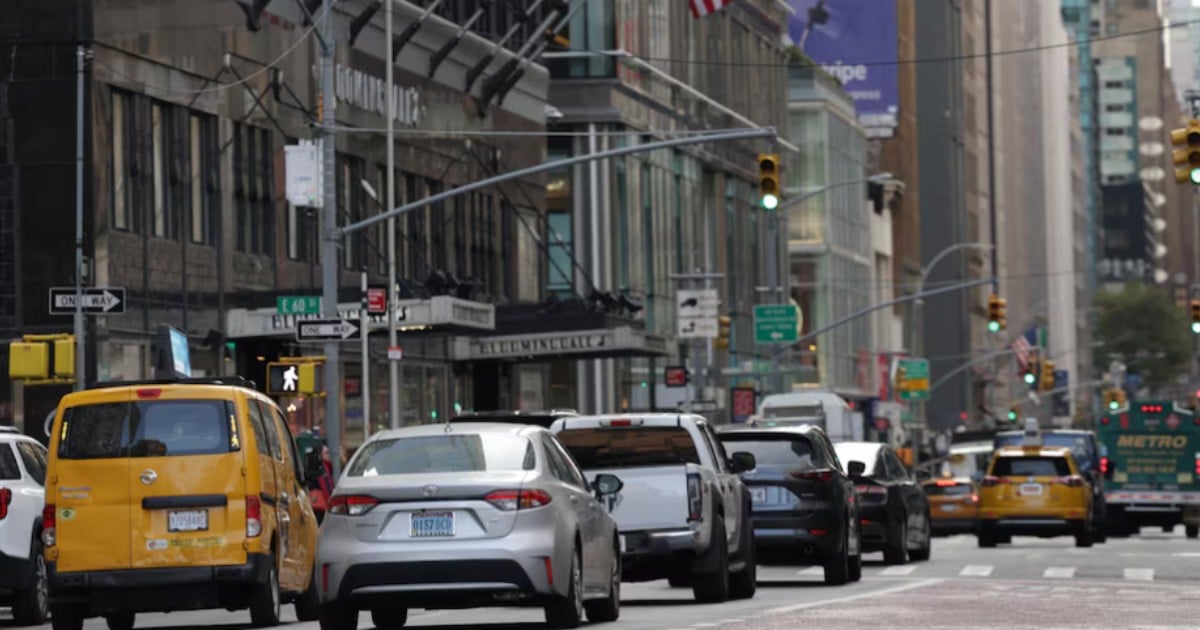
The congestion charge, the first of its kind in the United States, was revived last week by Governor Kathy Hochul after she had put it on indefinite hold in June.
London implemented a similar fee in 2003, which is now 15 pounds (S$25.44).
New York plans to charge a US$9 toll during daytime hours for passenger vehicles driving in Manhattan south of 60th Street after scrapping an earlier plan to charge US$15 that would have started on June 30.
New York still requires a final approval from the US Transportation Department, which MTA hopes it can receive quickly. There are still a number of court challenges pending.
The MTA said the toll will result in at least 80,000 fewer vehicles entering the zone daily, "relieving crowding in what is today the most congested district in the United States."


















